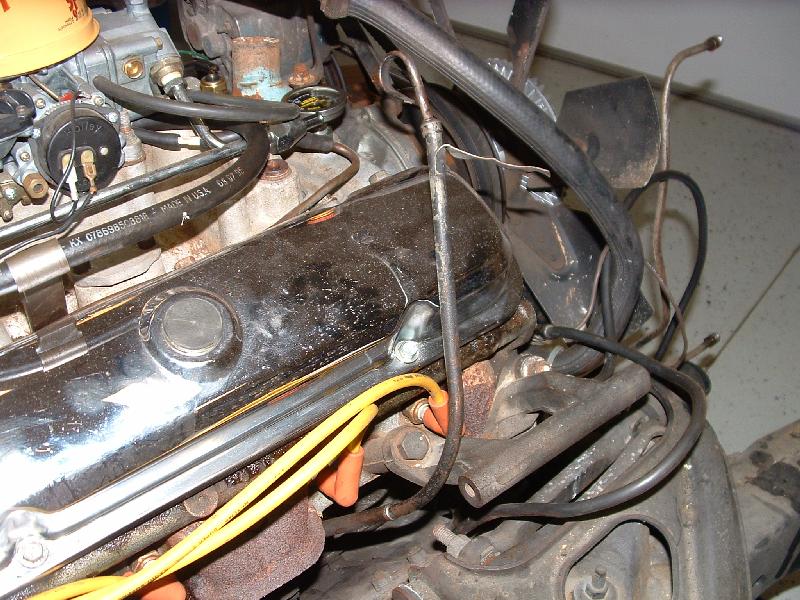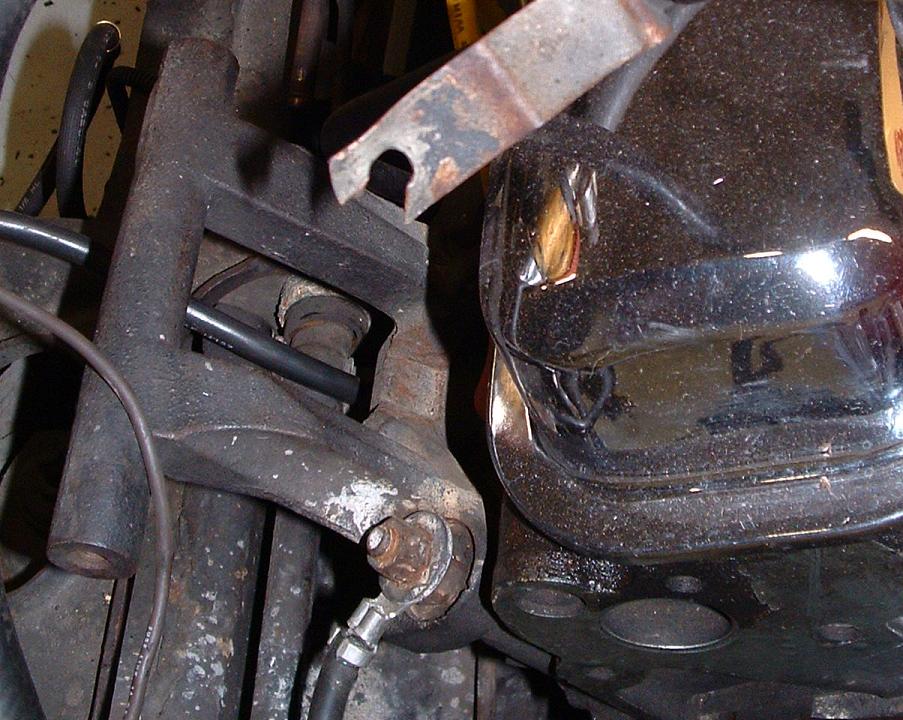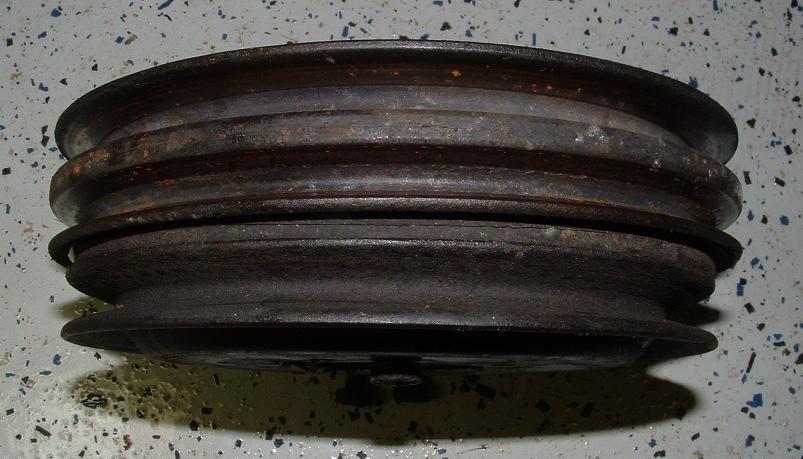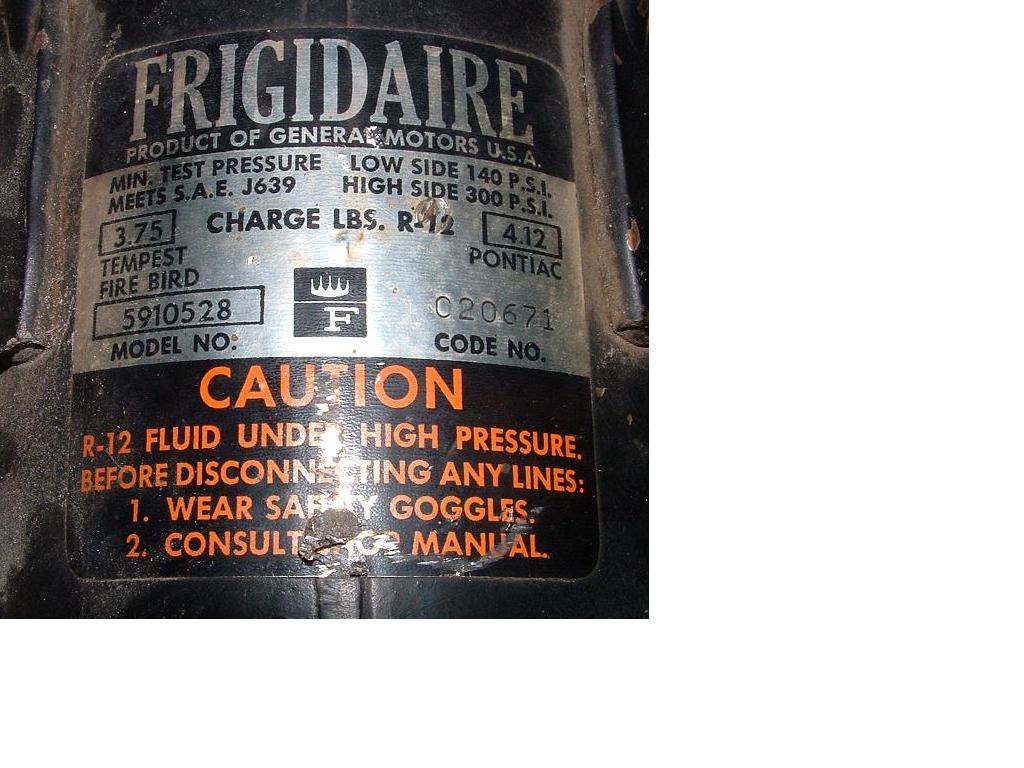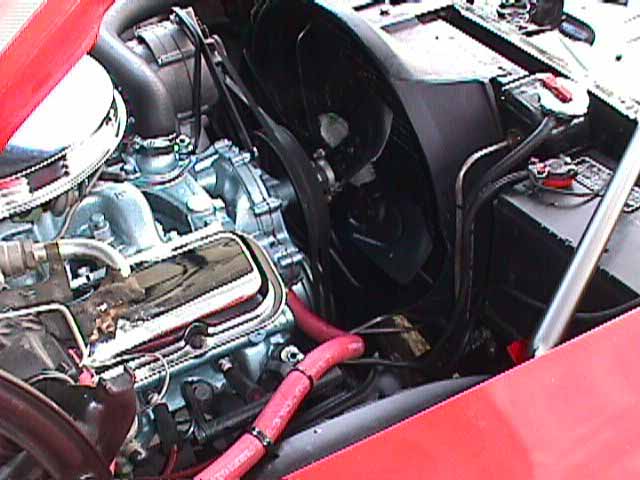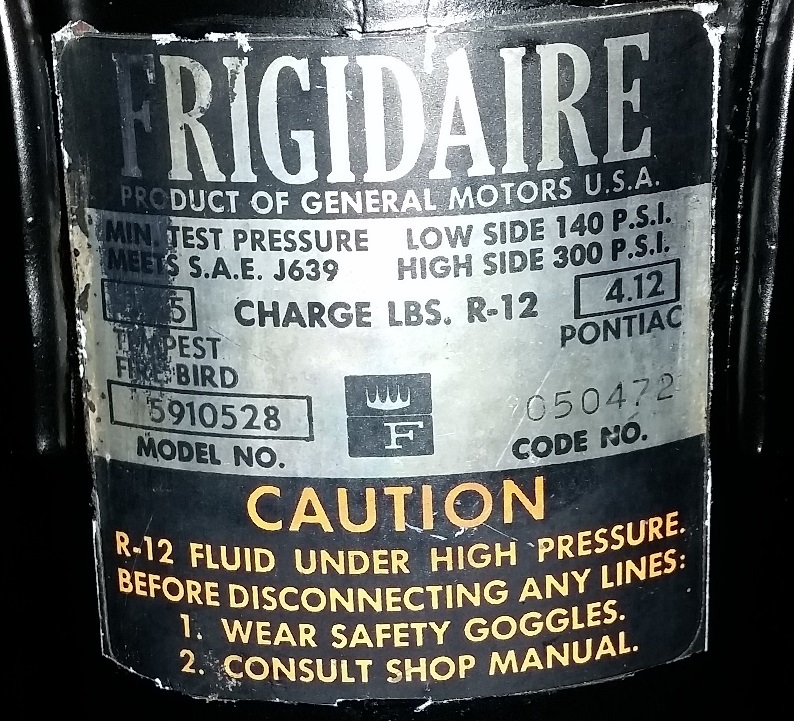'67 Air Conditioning - need help/wisdom - 09/01/10 07:17 PM
I am getting ready to buy parts for my A/C and don't know where to start! I already have the suitcase (hope it's the right one), the evaporator, and the compressor.
I just ordered my heater core for a/c and now I'm a little lost. I know I need a POA valve and a condenser, but I hear talk of a Schrader valve(?) and other such parts. Can anyone steer me in the right direction as to what else I will need? Also, any links would be helpful and/or prices on the items I'll need.
Also, how am I going to get all of the A/C lines needed for the car? And when putting the suitcase together is there any type of special seals, or foam tubing that goes around lines coming from the suitcase?
I would love some pictures of A/C setups on-car, off-car, etc.
Thanks for the help as usual!
Mark D.
I just ordered my heater core for a/c and now I'm a little lost. I know I need a POA valve and a condenser, but I hear talk of a Schrader valve(?) and other such parts. Can anyone steer me in the right direction as to what else I will need? Also, any links would be helpful and/or prices on the items I'll need.
Also, how am I going to get all of the A/C lines needed for the car? And when putting the suitcase together is there any type of special seals, or foam tubing that goes around lines coming from the suitcase?
I would love some pictures of A/C setups on-car, off-car, etc.
Thanks for the help as usual!
Mark D.

